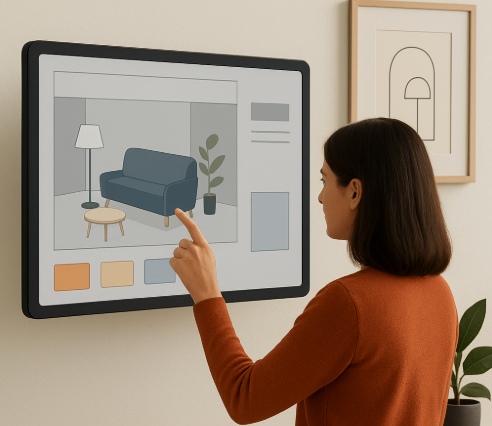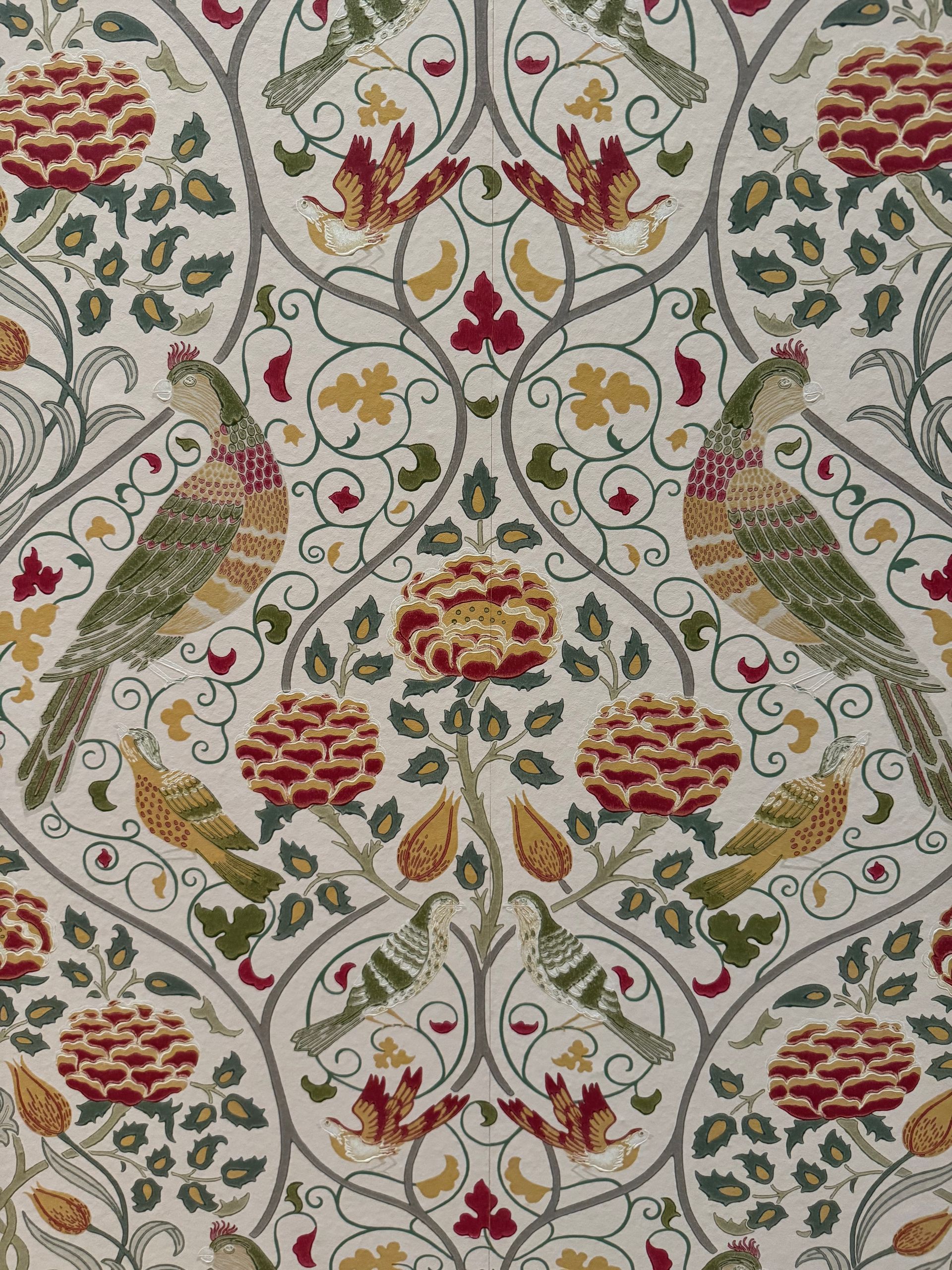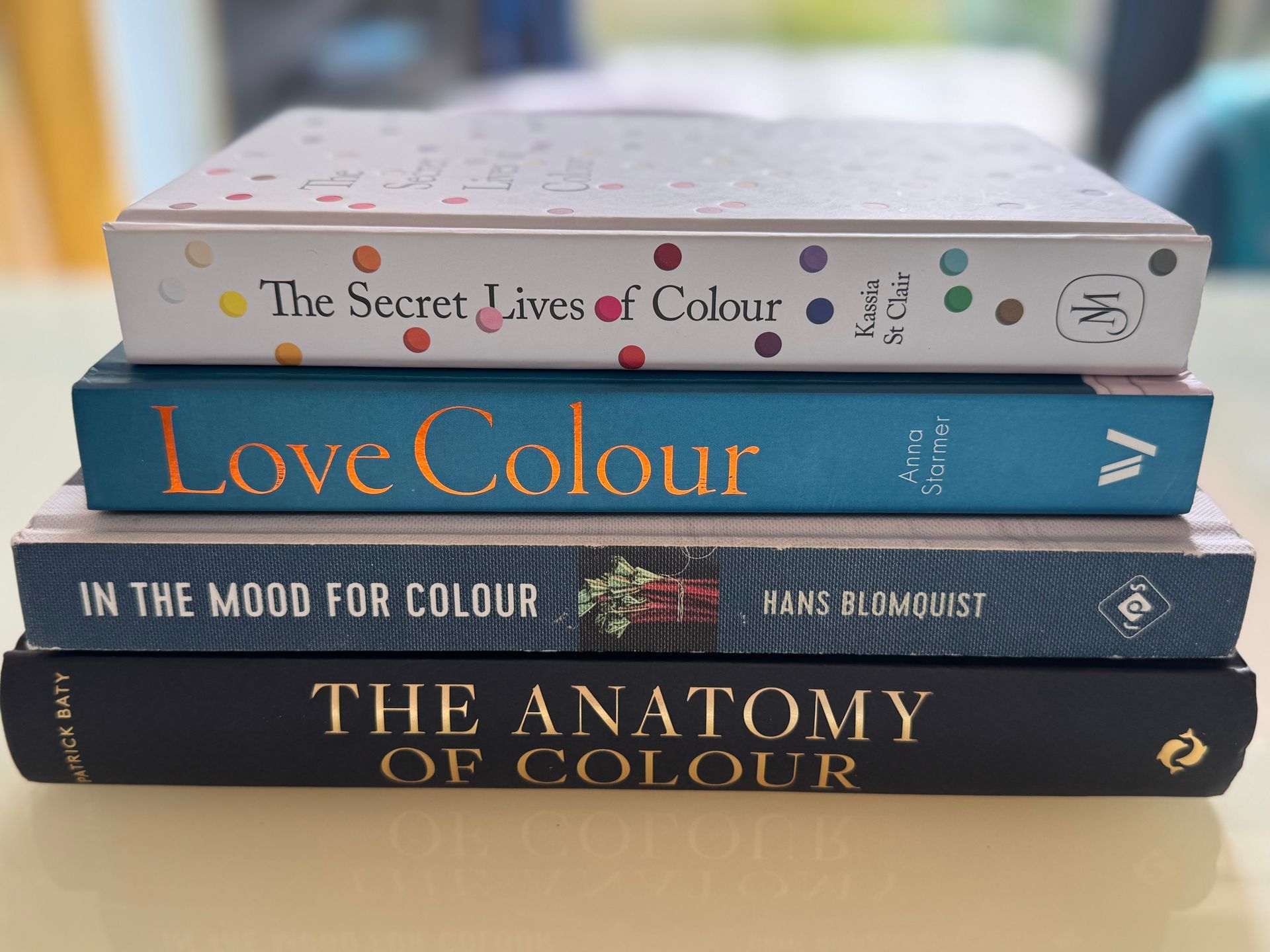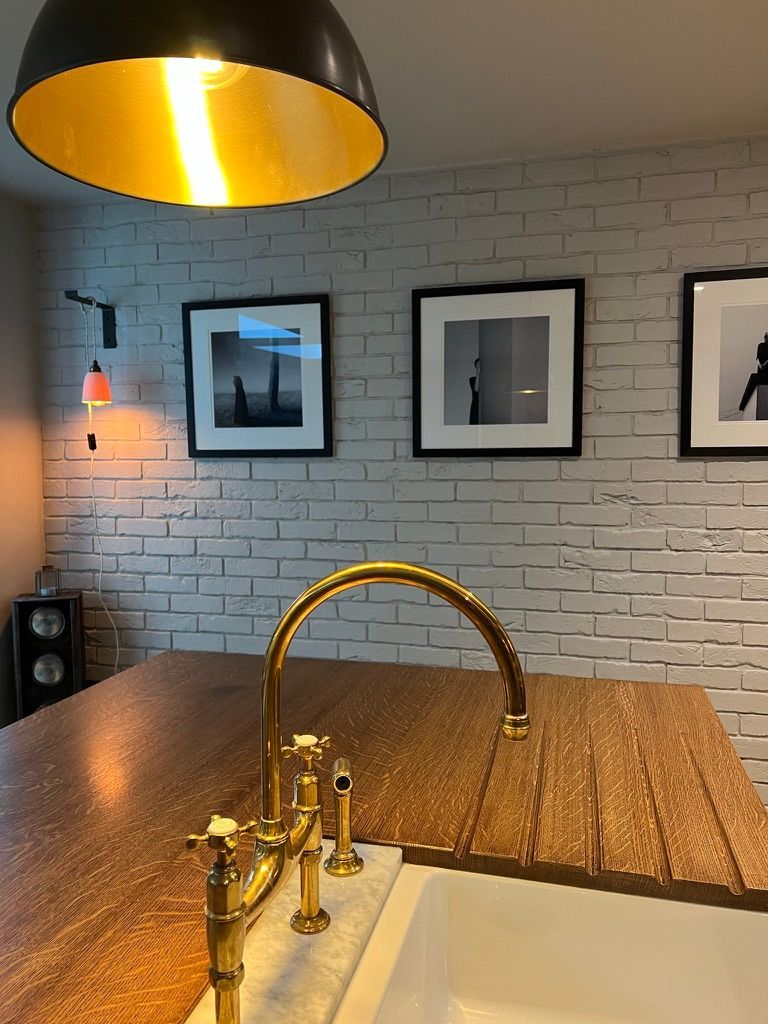Does the Human Touch Still Matter?
AI also opens up possibilities for early-stage exploration. Want to see how a bold colour might transform a space before committing? Or get a sense of scale and proportion before a single piece of furniture is ordered? AI tools can provide those glimpses quickly and effectively.
Efficiency vs Empathy
But while AI can speed things up, it can’t replace what makes a home personal. Good interior design isn’t about producing endless variations of “nice” rooms. It’s about uncovering what will truly resonate with the people who live there. That requires empathy, active listening and a sensitivity to personal histories, habits and aspirations.
A machine might generate a scheme, but it won’t know that a client treasures a faded armchair inherited from their grandmother, or that a certain colour holds childhood memories. These are the details that transform a design from functional to deeply meaningful.
Originality and Storytelling
AI works by learning from what already exists. It can remix, refine and suggest, but its strength lies in recombination, not originality. Human creativity, by contrast, can leap into the unexpected, drawing inspiration from culture, travel, art or simply a client’s unique story. That’s where truly original interiors are born.
The Human Touch and Scale of Projects
The larger the project budget, the more crucial the human element becomes. When a designer’s fee represents only a small fraction of the overall cost, the value lies not just in efficiency but in judgement, vision and the ability to coordinate complexity. The human touch ensures that details are not only correct on paper but also feel right in reality.
For time-poor clients, this expertise is invaluable. AI can generate options, but it won’t liaise with trades, anticipate logistical challenges or calmly resolve issues on site. Those human skills remain irreplaceable.
More Than Sight Alone
Finally, homes are multi-sensory. They’re not just about how things
look. Textures, acoustics, scents, and even the way a space feels emotionally when you walk through the door, are elements that AI cannot replicate. Designers curate these subtleties, weaving together senses and stories into spaces that feel alive.
So, What Does the Future Look Like?
AI is undoubtedly a powerful tool. It will continue to change the way interior designers work, making processes smoother and more efficient. But rather than replacing designers, it enhances what we can offer to clients. The human side of design, the empathy, memory, imagination and connection, will always remain at the heart of creating homes that feel authentic.
For clients, this means the best of both worlds: the efficiency and innovation of AI, combined with the depth, care and originality of human expertise.
Note: The image in this post was generated by AI.












